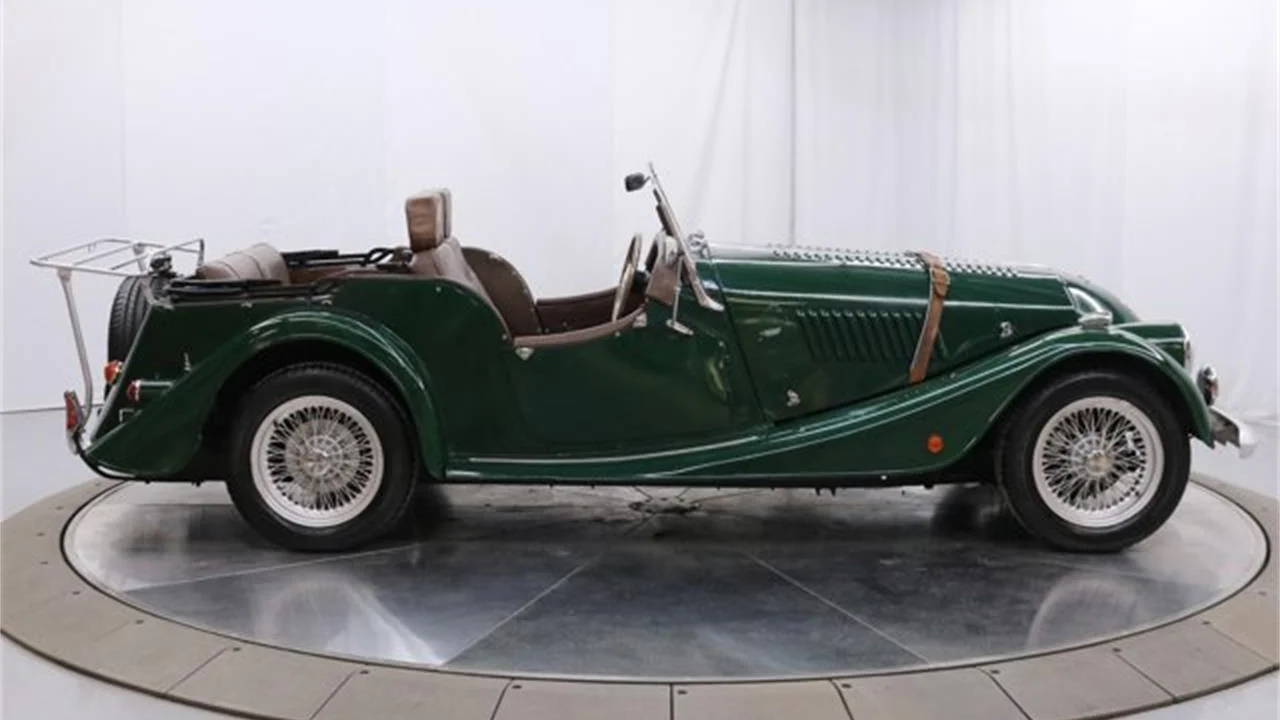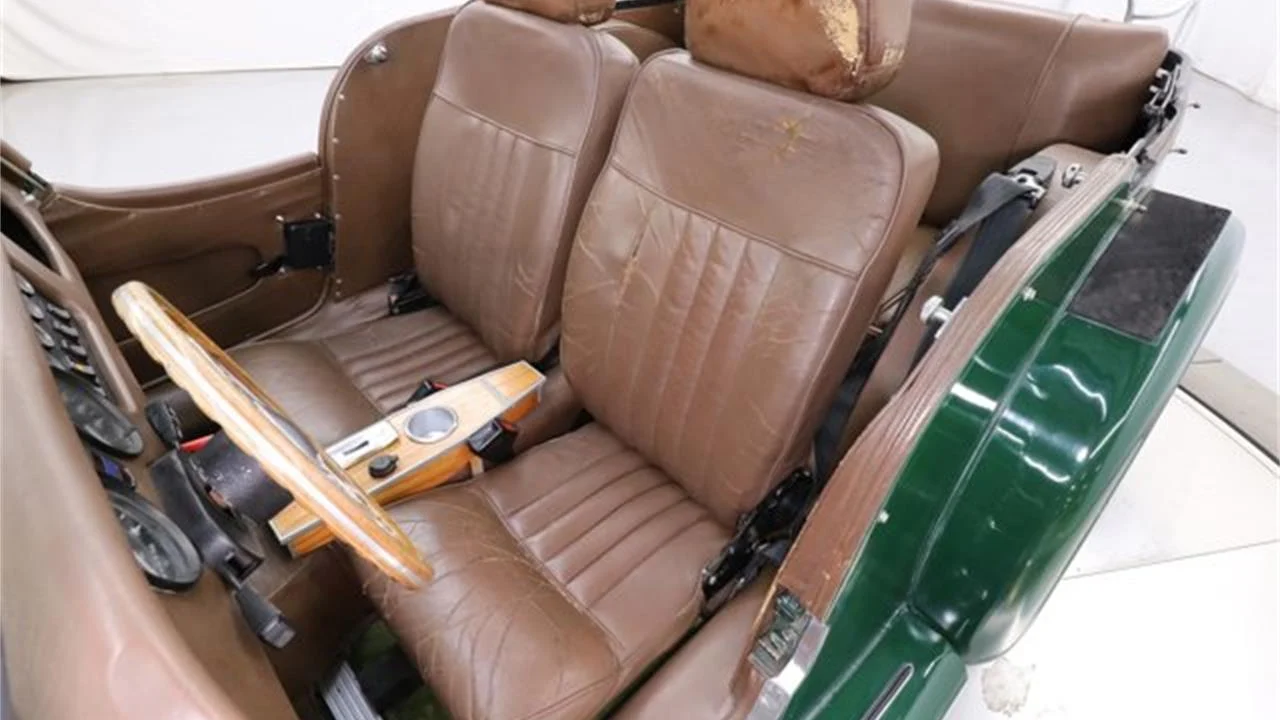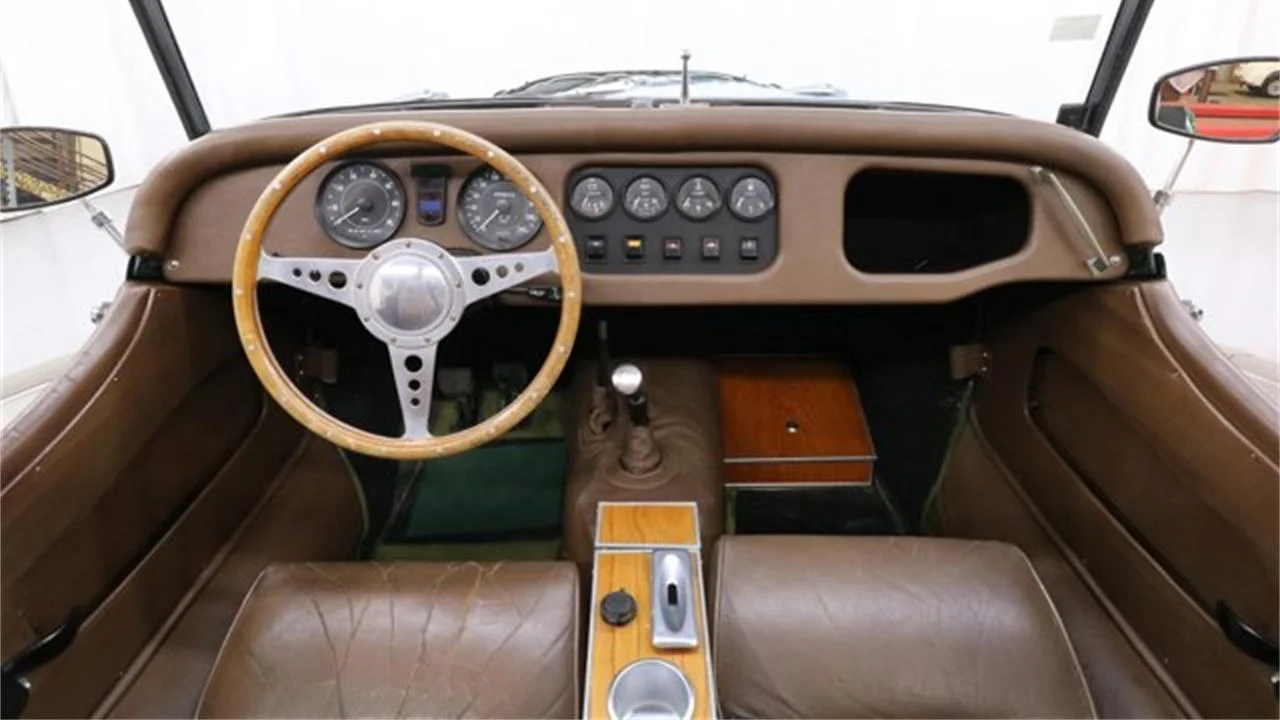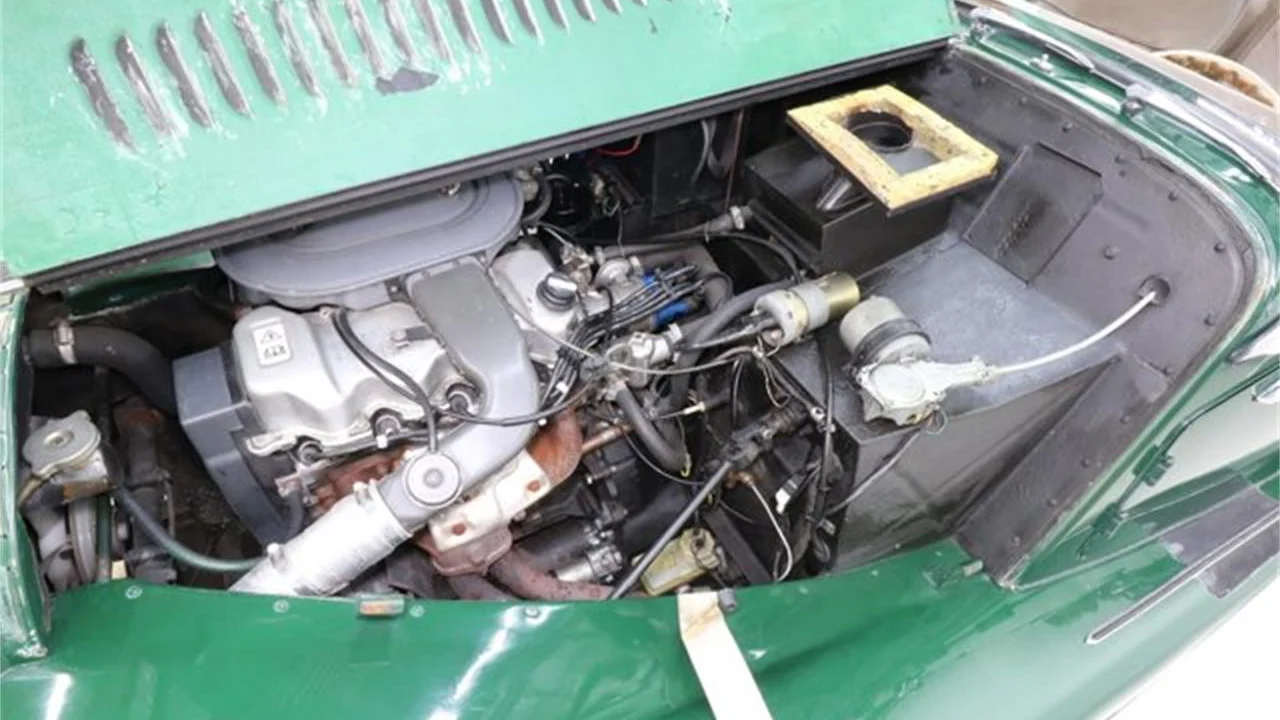It is timely to feature a Morgan as a Pick of the Day, as the company—after an absence of many years—is once again selling their four-wheeled cars in the U.S. While an upgrade from the earlier models, but in essence it still looks the same as the original Morgan 4/4, but with an upgraded drivetrain and a few more options. My Pick of the Day is a car I almost decided to skip and just buy myself, a 1985 Morgan 4/4 four-seater listed for sale on ClassicCars.com at a dealership in Christiansburg, Virginia.

I really have a soft spot for Morgans, not only because they are the last truly hand-built sports cars in the world, but also because the company continues to exist despite still building and selling a model that originally went on sale in 1936. That sounds crazy and, in a lot of ways, it is. The company has struggled at times but remains its own entity and not a subsidiary of a larger manufacturer. It also hasn’t morphed into a modern interpretation of what a Morgan would be in the future. The newest Morgan is basically a classic 1930s British roadster you can buy new—that is amazing to me. I love that Morgan is still with us, doing things the way they always have.
The exterior of this 4/4 with its British Racing Green paint looks to be in good condition overall. No, this is not a show car, but instead a car to drive and enjoy. That being said, I’m guessing it would be welcome at any British car show you can think of.

This more modern 4/4 has much-improved seats and interior, with more modern gauges and such. The Connolly leather seats look to be in decent shape but could do with a re-dye. With their high backs and even headrests, these seats are immensely more comfortable than those found in vintage Morgans. Yes, the leather is a bit worn, but somehow that seems to be in character with the entire concept of a Morgan. One of the reasons I like this particular car is because, being a four-seater, it is the only Morgan model in which my 6-foot-4 frame can fit. Not only do I fit, but I fit comfortably.

Being a later-model 4/4, this car is considerably more powerful than the original, with a more modern 1.6-liter Ford Sigma inline-four engine fed by a single-barrel carburetor. Power is through a manual transmission (likely a five-speed). All looks good overall, including the underside. I would call the dealer and get a driving report as, like the transmission, the information on this Morgan’s mechanical condition is not provided in the listing.

The asking price for this 1985 Morgan 4/4 is a very reasonable-sounding $24,777, which to me seems like an excellent buy, especially if you are looking for a true classic British sports car experience. If that is the case, no single car delivers that better than a Morgan, as it is a mobile time machine to another era.
Click here to view this Pick of the Day on ClassicCars.com






























